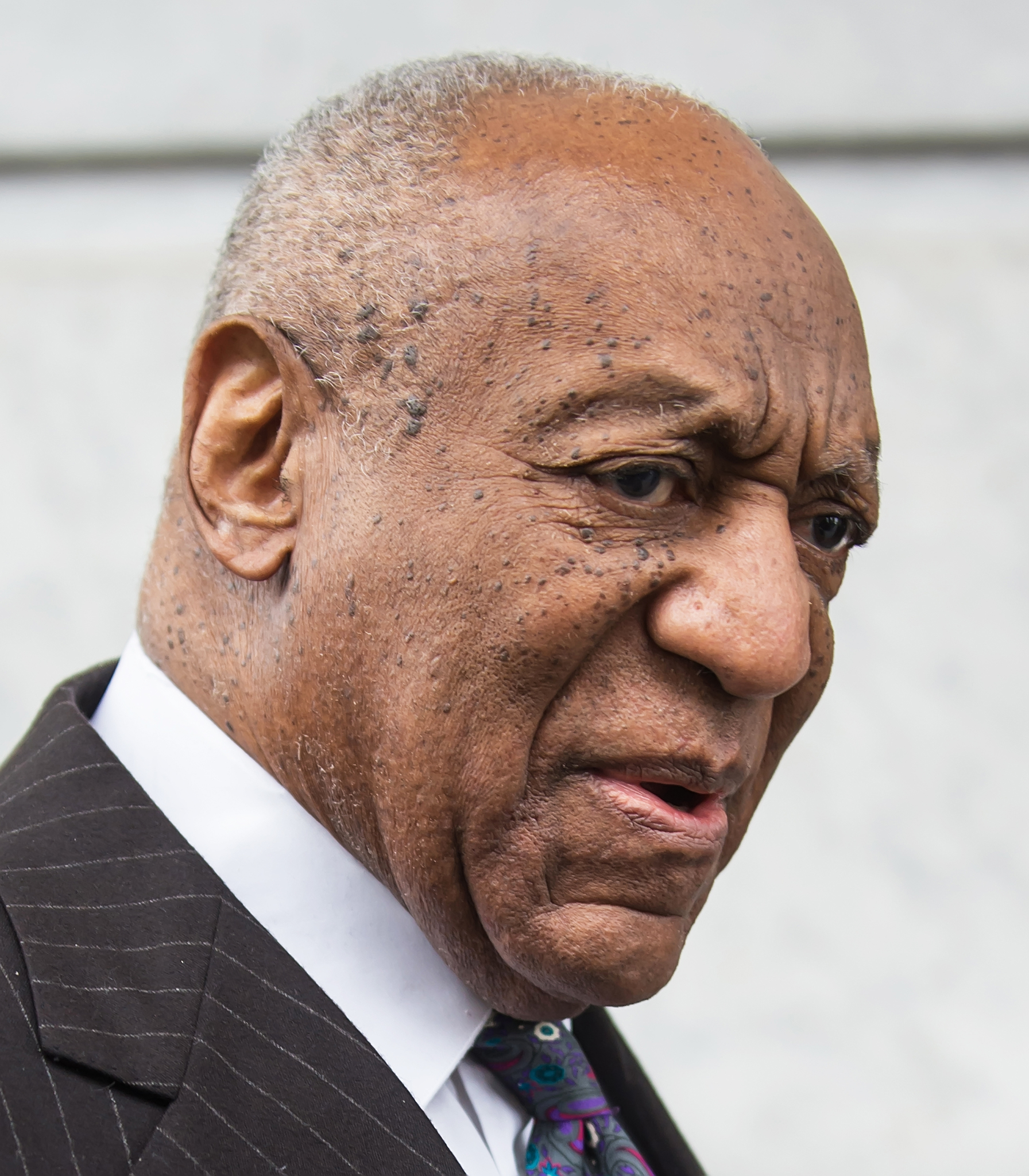Behavior: Understanding What We See in People’s Environmental Responses
Understand observable behavior
Behavior is what you can see of a person’s response to the environment. This observable phenomenon from the foundation of how we understand and interpret human actions. When someone encounter a stimulus in their surroundings, their reaction become visible through facial expressions, body language, verbal responses, and physical movements. These observable reactions provide valuable insights into a person’s internal state, thought processes, and emotional condition.
Unlike thoughts or feelings which remain private unless express, behavior represent the tangible manifestation of how individuals interact with their world. Psychologists, sociologists, and everyday observers rely on these visible cues to understand human nature and predict future actions.
Components of observable behavior
Facial expressions
The human face displaysan remarkable range of emotions. From the subtle raise of an eyebrow to a full smile, facial expressions communicate immediate reactions to environmental stimuli. Research has identified several universal expressions recognize across cultures, include happiness, sadness, fear, disgust, anger, and surprise.
Microexpressions — brief, involuntary facial movements last only fractions of a second — oftentimes reveal genuine emotional responses before conscious control can mask them. These fleeting expressions provide peculiarly valuable insights into a person’s authentic reaction to their environment.
Body language
Posture, gestures, and physical positioning communicate volumes about a person’s response to their surroundings. An individual who cross their arms might signal discomfort or defensiveness. Someone who lean frontward during conversation frequently demonstrate engagement and interest.
Proxemics — the study of personal space — reveal how people physically position themselves in relation to others and objects. Cultural norms intemperately influence these spatial behaviors, but they systematically reflect how comfortable someone feel in their environment.
Verbal communication
The words people choose, their tone of voice, speak pace, and volume all constitute observable behavioral responses. When stress, many people speak more quickly or at a higher pitch. Excitement might manifest as louder speech with frequent interruptions.
Beyond the content of speech, paralinguistic features such as sighs, laughs, or vocal tremors provide additional behavioral information about environmental responses. These vocal behaviors oftentimes occur mechanically and reveal genuine reactions.
Actions and movements
Physical actions represent peradventure the virtually obvious observable behaviors. Whether someone approach or avoid a stimulus, their movement patterns reveal their response strategy. Fight or flight reactions become visible through physical behaviors like step game from perceive threats or standing ground in confrontation.
Evening subtle movements like fidget, foot tap, or hair touching can indicate anxiety, impatience, or discomfort in response to environmental conditions.
Behavioral responses to different environmental stimuli
Social environment
Human behavior change dramatically depends on social context. In group settings, observable behaviors include engagement patterns, dominance displays, and conformity signals. Someone might speak aloud and gesture generally when comfortable with friends but become quiet and physically compact in unfamiliar social situations.
Status dynamics within groups generate visible behavioral markers. Higher status individuals frequently claim more physical space, maintain more consistent eye contact, and interrupt others more often. Those perceive themselves as lower status typically display more submissive behaviors, include decrease eye contact and more hesitant speech patterns.
Physical environment
The physical surroundings deeply impact observable behavior. In crowded spaces, people typically reduce their movements, speak more quiet, and maintain stricter personal boundaries. Open environments oftentimes encourage expand postures and more animate expressions.
Environmental stressors like extreme temperatures, loud noises, or bright lights produce visible discomfort behaviors. These might include wince, cover ears, squint, or actively seek relief through movement or adjustment.
Threaten stimuli
When perceive threats, humans display unmistakably consistent behavioral responses. Initial freezing — become moment immobile while assess the situation — oftentimes precede either flight ( (cape behaviors ) ) fight ( co(rontational actions ).
)
Observable threat responses include widened eyes, increase respiratory rate, muscle tension, and protective postures. These automatic reactions evolve as survival mechanisms and remain extremely visible components of human behavior.
Pleasurable stimuli
Positive environmental elements elicit evenly observable but clearly different behaviors. Approach behaviors, relaxed postures, and expressions of interest characterize responses to appeal stimuli. Smile, laughing, and reach toward pleasant objects demonstrate positive environmental engagement.
The seeking and savoring of pleasurable experiences manifest through visible attention focus, physical orientation toward the stimulus, and expressions of satisfaction or contentment.
Factors influence observable behavior
Cultural conditioning
Cultural norms strongly shape which behaviors become visible in response to environmental stimuli. Some cultures encourage emotional expressiveness, while others value restraint. These differences create distinct behavioral profiles that must be understood within their cultural context.
Display rules — culturally specific guidelines for when and how to show emotions — immediately impact observable behavior. For example, some cultures discourage public displays of anger while others consider such expressions appropriate and honest.
Individual temperament
Inborn temperamental differences create behavioral variation yet among people from identical cultural backgrounds. Individuals with high reactivity typically display more intense and immediate behavioral responses to environmental changes.
Temperamental traits like introversion and extroversion influence observable social behaviors. Extroverts mostly exhibit more animate expressions, greater physical movement, and more frequent social initiations than their introverted counterparts.
Experiences
Learn history importantly shape current behavioral responses. Previous rewards or punishments associate with specific environmental stimuli create predictable behavioral patterns. Someone who erstwhile will receive positive attention for a particular behavior will probably will repeat it in similar circumstances.
Traumatic experiences particularly impact observable behavior. Heighten startle responses, avoidance behaviors, and hypervigilance may become visible when environmental elements resemble past threaten situations.
Current physiological state
Hunger, fatigue, illness, and other physical conditions dramatically affect observable behavior. Sleep deprivation typically produce visible irritability, slower movements, and decrease attention to environmental details.
Intoxication from substances alter observable behavior in predictable ways, include changes in coordination, speech patterns, and emotional regulation capacity.
Read and interpret observable behavior
Behavioral consistency
Behavioral patterns that remain consistent across different situations provide the virtually reliable information about a person’s characteristic response style. When someone systematically respond to criticism with defensive postures and counterarguments, this pattern reveals important information about their typical environmental response.
Inconsistencies between different behavioral channels oftentimes signal internal conflict or deception. When verbal statements contradict body language or facial expressions, observers typically trust the less consciously control channels as more authentic indicators.
Contextual interpretation
Accurate behavioral interpretation require contextual understanding. The same observable behavior might indicate entirely different internal states depend on the situation. A smile might express genuine pleasure, social politeness, or level discomfort depend on the context.
Environmental norms establish behavioral baselines against which individual responses can be measure. Understand what constitute typical behavior in a particular setting help identify meaningful deviations.
Behavioral clusters
Single behaviors seldom provide definitive information about a person’s response to their environment. Alternatively, clusters of related behaviors create more reliable indicators. Defensive responses typically include not upright cross arms but likewise lean aside, decrease eye contact, and terse verbal replies.
The timing and sequence of behaviors too matter importantly. Initial reactions oftentimes reveal authentic responses before conscious regulation take effect.

Source: lebonheursupreme.com
Applications of behavioral observation
Clinical assessment
Mental health professionals rely heavy on observable behavior for diagnostic purposes. Conditions like depression frequently manifest through visible signs include slow movements, decrease facial expressiveness, and reduce environmental engagement.
Behavioral therapy approaches focus explicitly on change observable responses to environmental stimuli. By consistently modify visible behaviors, these interventions aim to improve psychological functioning.
Workplace interactions
In professional settings, understand observable behavior help improve team dynamics and leadership effectiveness. Recognize signs of engagement, confusion, or resistance allow for real time adjustments to communication approaches.
Customer service industries specially benefit from behavioral observation skills. Identify subtle signs of customer dissatisfaction enable proactive problem solve before issues escalate.

Source: behavioralscientist.org
Educational settings
Teachers incessantly monitor student behavior to assess comprehension, engagement, and emotional states. Observable cues like furrow brows, fidgeting, or avert gazes signal when learning challenge arise.
Classroom management strategies rely on identify behavioral patterns that indicate potential disruptions. Address these visible precursors frequently prevent more significant behavioral issues.
Personal relationships
Intimate relationships depend on accurately read partners’ behavioral responses. Recognize subtle changes in expression, tone, or body language allow for responsive interaction and conflict prevention.
Parents develop expertise in read their children’s behavioral signals, oftentimes detect needs or emotional states before the child can verbalize them.
Limitations of observable behavior
Internal states vs. External expressions
While behavior provide valuable information, it represents merely the visible portion of a person’s response to their environment. Internal thoughts, feelings, and motivations may differ from what external behavior suggest.
Some individuals develop exceptional skill at manage their observable behaviors, create a disconnect between their visible responses and actual internal experiences.
Observer biases
Observers bring their own perceptual filters to behavioral interpretation. Confirmation bias lead people to notice behaviors that align with exist expectations while overlook contradictory evidence.
Cultural differences between observers and those being observed can lead to significant misinterpretations. Behaviors consider respectful in one culture might be misread as disinterest or disrespect through another cultural lens.
Contextual complexity
Environmental responses occur within complex contexts that include historical, social, and situational factors. Without understand these contextual elements, behavioral interpretation become unreliable.
Multiple simultaneous environmental stimuli oftentimes create blend behavioral responses that prove difficult to attribute to specific causes.
Develop behavioral observation skills
Improve the ability to accurately read observable behavior require both knowledge and practice. Understand behavioral baselines — how someone typically respond in neutral situations — provide a reference point for identifying meaningful changes.
Develop observational sensitivity involve pay attention to subtle behavioral cues that might differently go unnoticed. Small changes in posture, brief microexpressions, or slight shifts in vocal quality oftentimes contain significant information.
Peradventure virtually significantly, skilled behavioral observers maintain awareness of their own interpretive biases. They recognize when personal expectations might color their perception and seek additional information before draw firm conclusions.
Conclusion
Observable behavior — what we can see of a person’s response to their environment — provide a window into human psychology and social functioning. While not offer complete access to internal experiences, these visible reactions create the foundation for interpersonal understanding and effective interaction.
By develop greater sensitivity to behavioral cues and interpret them within appropriate contexts, we gain valuable insights into others’ experiences of their environment. This understanding will support more effective communication, more responsive relationships, and more accurate predictions about how people will behave in various situations.
As both participants in and observers of human behavior, we incessantly engage in this process of behavioral interpretation. Recognize the complexity and limitations of observable behavior help us approach this interpretive task with appropriate humility and curiosity.



